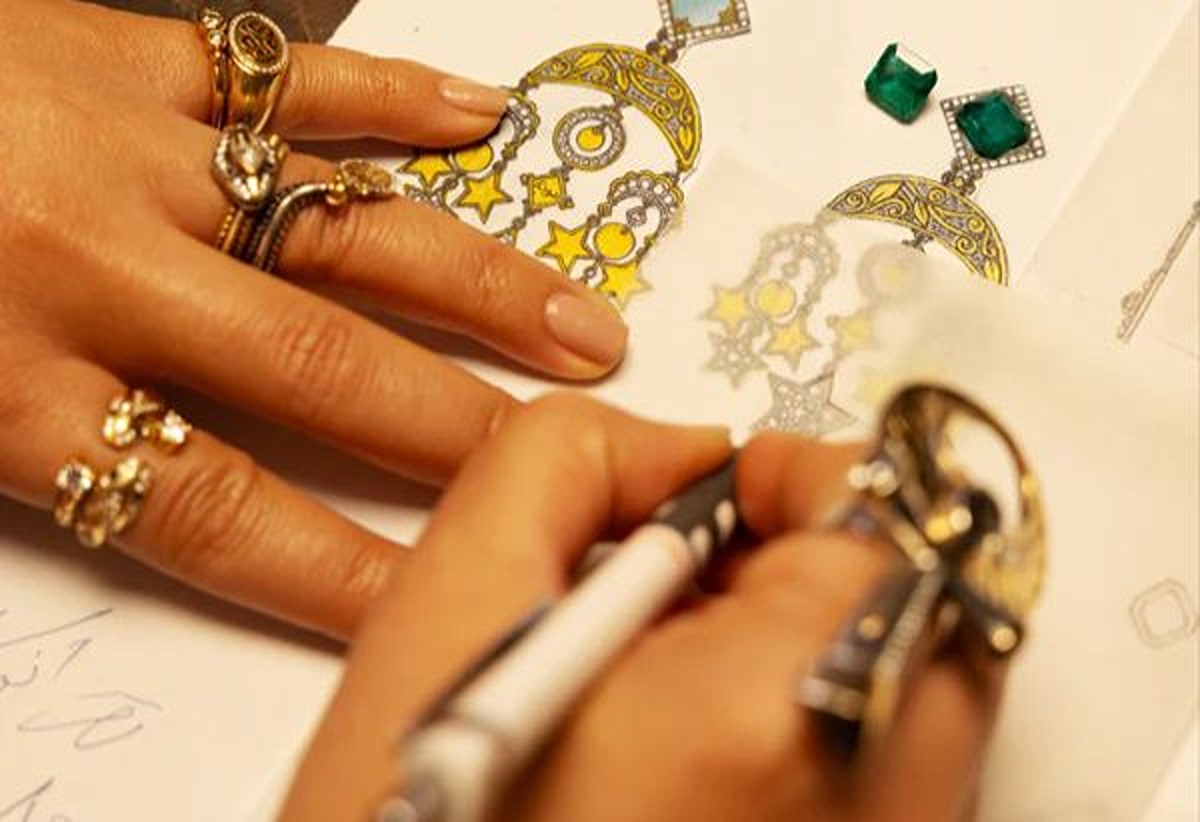The Azza Fahmy Foundation for the Development of Handicraft Industries and the Urban Development Fund (UDF) signed a memorandum of understanding on Friday, November 14, to allocate a new building within the Darb al-Labana redevelopment project, located in the heart of Historic Cairo, as the future headquarters for the Azza Fahmy School of Crafts and Creativity.
The agreement was signed by UDF Chairman Khaled Sedeek and Azza Fahmy, Chairwoman of the Azza Fahmy Foundation, on the sidelines of the launch of the 2025 Fustat Winter Festival, held at Fustat Hills Park from November 14 to December 5.
“Yesterday was such an important moment for my mother’s ever-growing dreams,” said Amina Ghali in an Instagram post, Azza Fahmy’s youngest daughter and head designer at the brand. “I’m proud of her mission to protect and evolve this craft, a dream that will teach a new generation and open countless doors.”
The school will house exhibition and lecture spaces, hands-on training workshops, facilities for artisans, artist-in-residence studios, and outlets for exhibiting and selling traditional crafts.
It builds on the experience of renowned designer Azza Fahmy, whose career began in the workshops of Khan El-Khalili, where she became the first woman to master jewelry-making among male artisans.
Over 50 years ago, Azza Fahmy began her journey to becoming one of the Middle East and Africa’s most celebrated jewelry designers, with boutiques in London and Saudi Arabia. Her creations are famed for their innovative designs, drawing inspiration from Arabic poetry, Mamluk artistry, and the distinctive architecture of Nubian mud houses.
Old Cairo’s Darb al-Labbana sits at the foot of the Citadel, one of the city’s oldest gateways where narrow alleyways, Mamluk façades, and centuries-old workshops still shape the neighborhood’s character.
Historically a residential passage for artisans and craftsmen who served the Citadel, Darb al-Labbana has long been known for its connection to Cairo’s traditional craft culture.
Its historic districts once operated as living studios, where skills were passed down through generations and where artisans built the city’s visual identity by hand.






Comments (0)